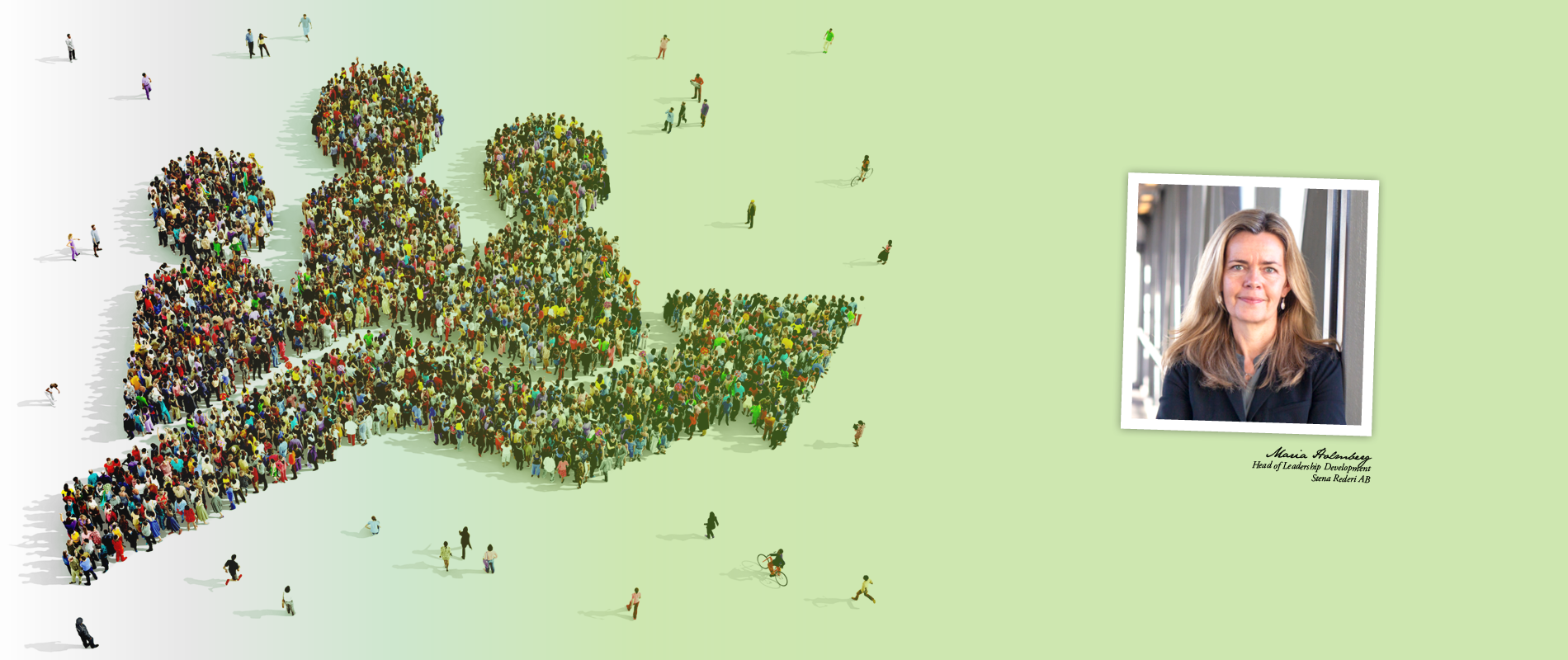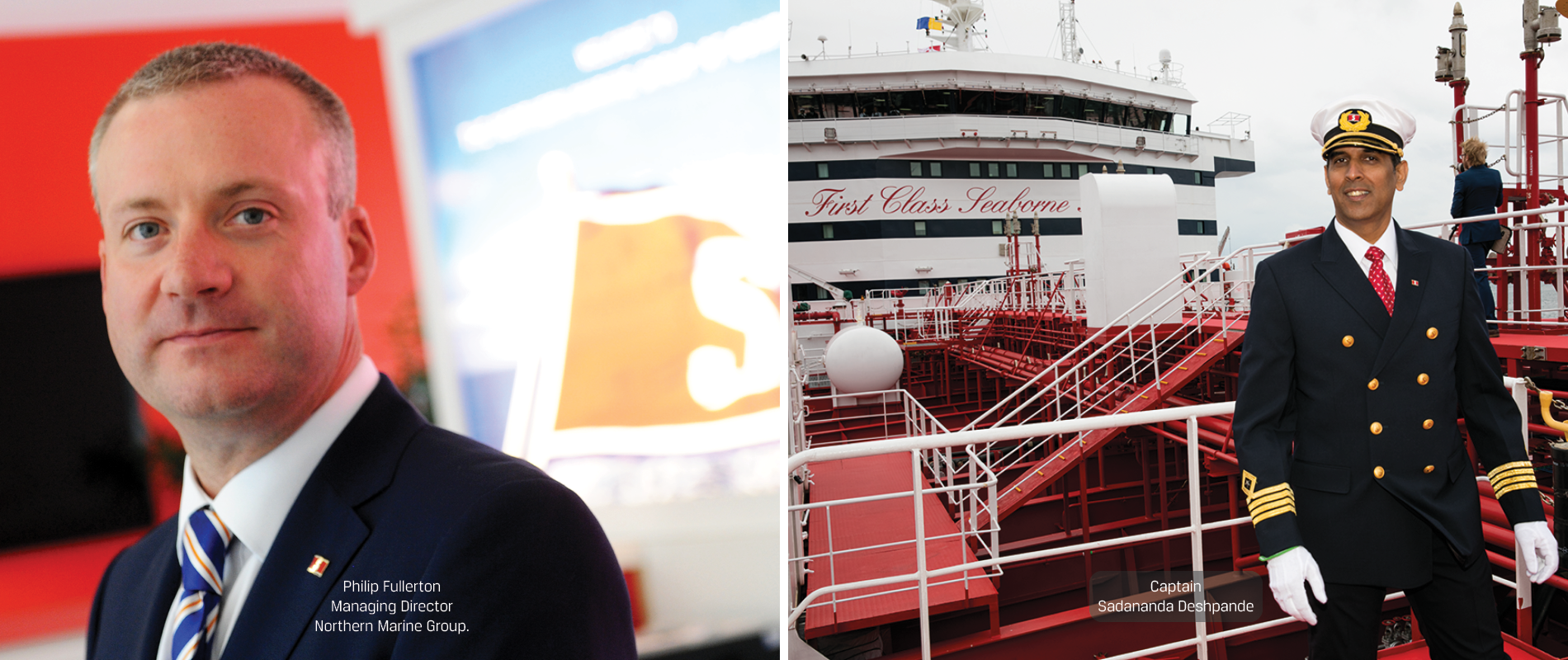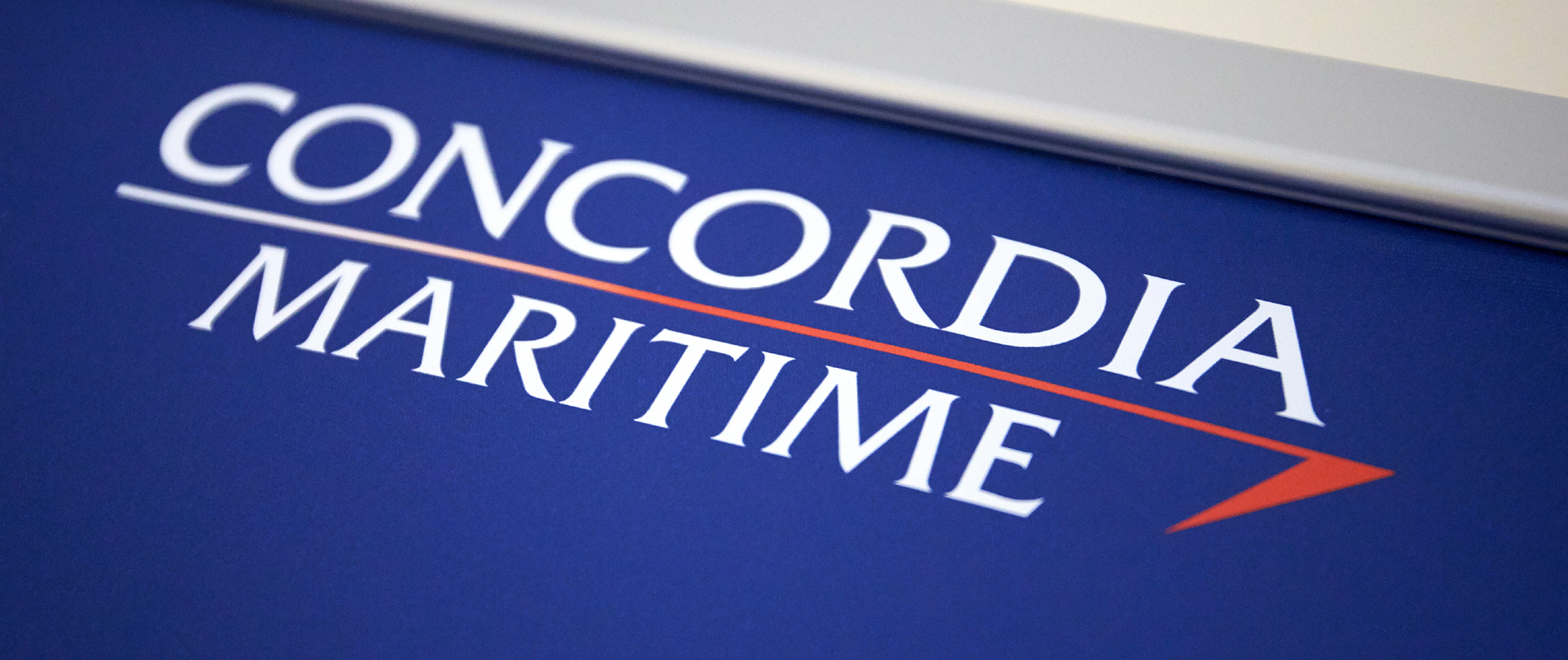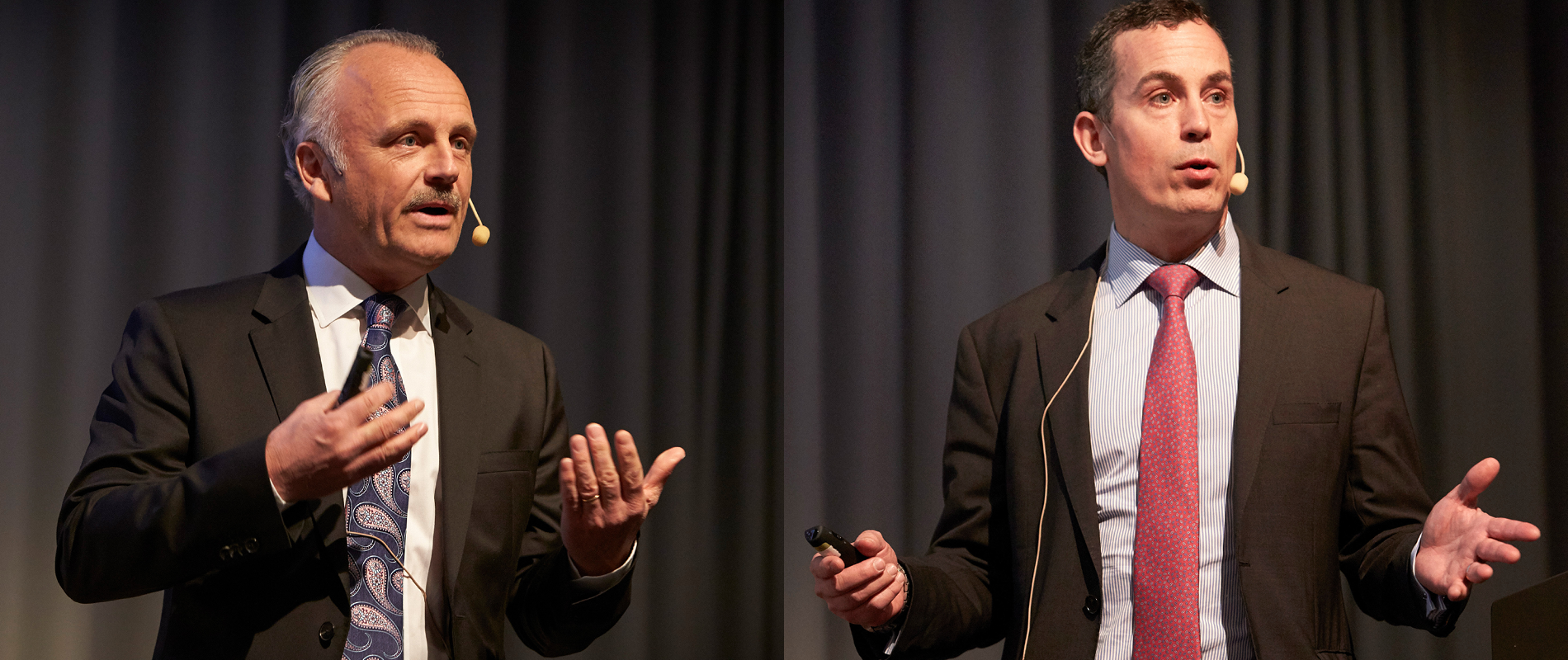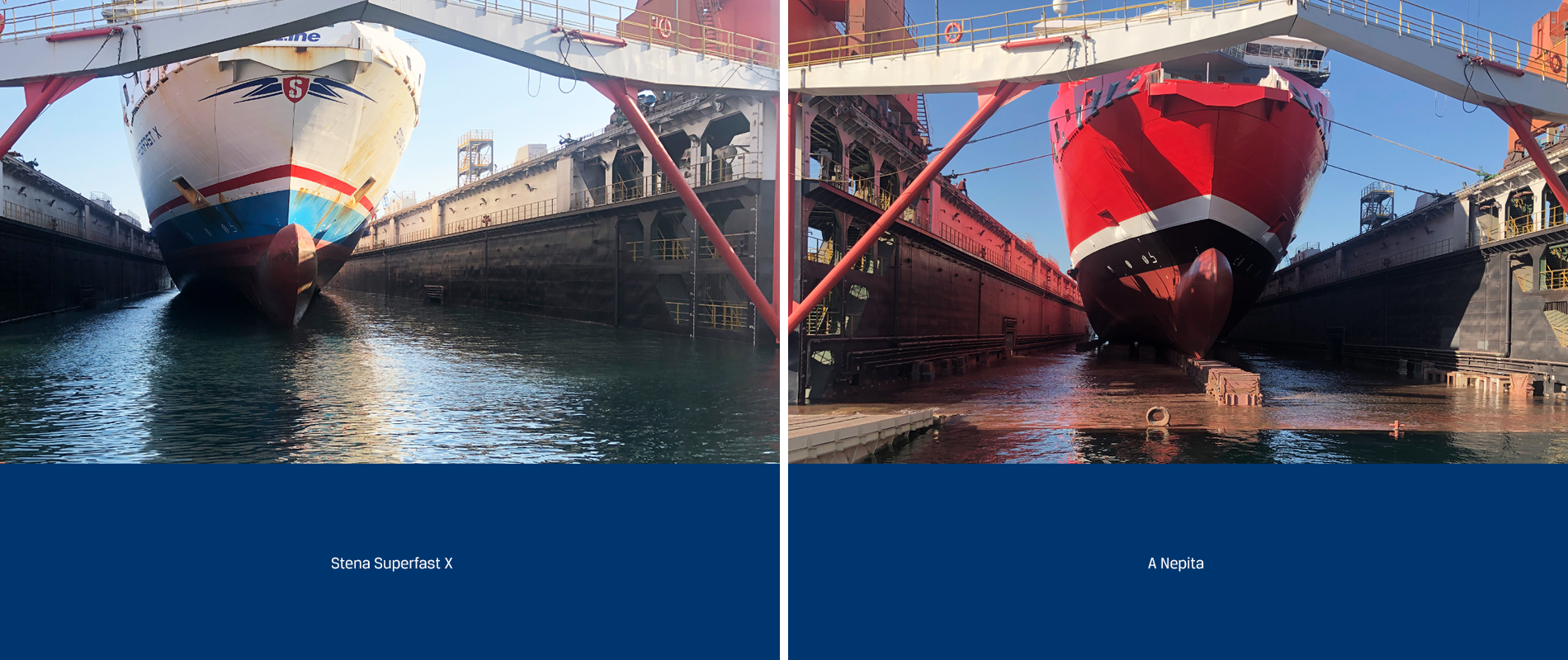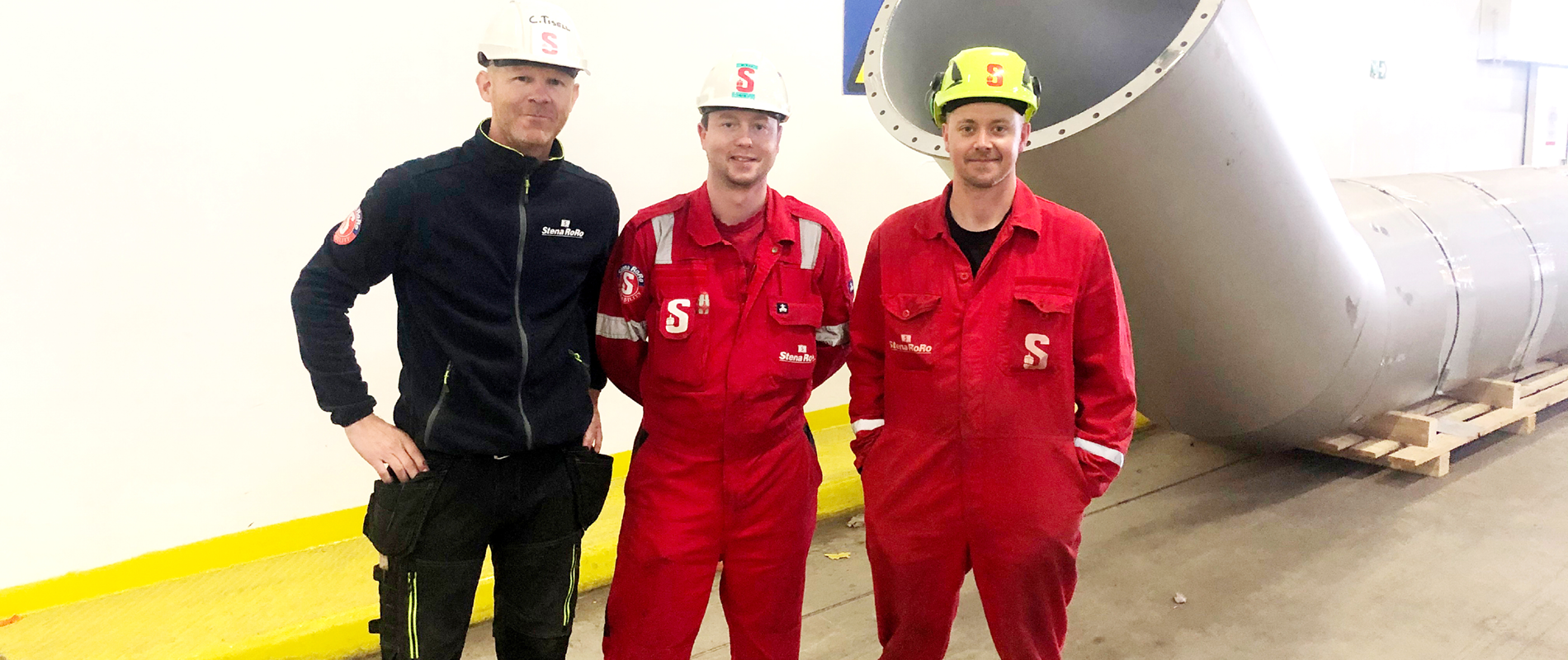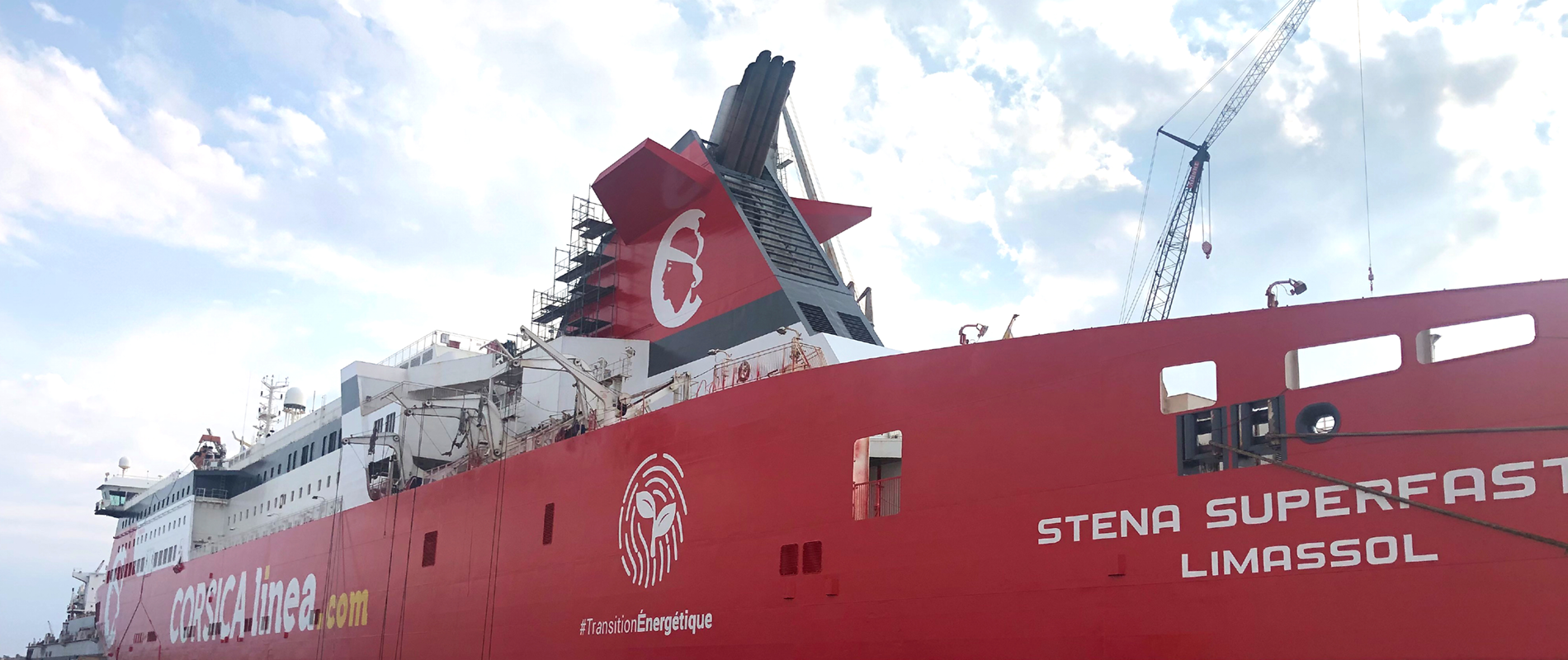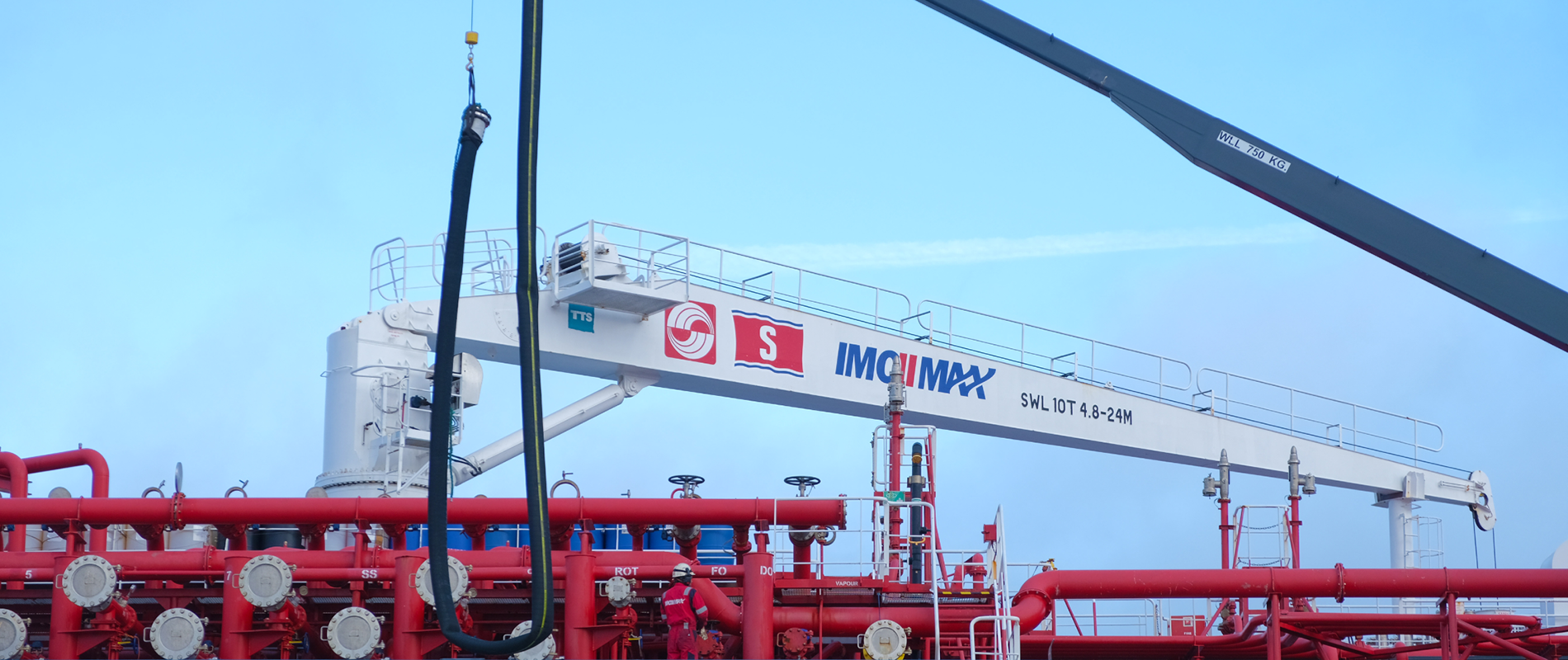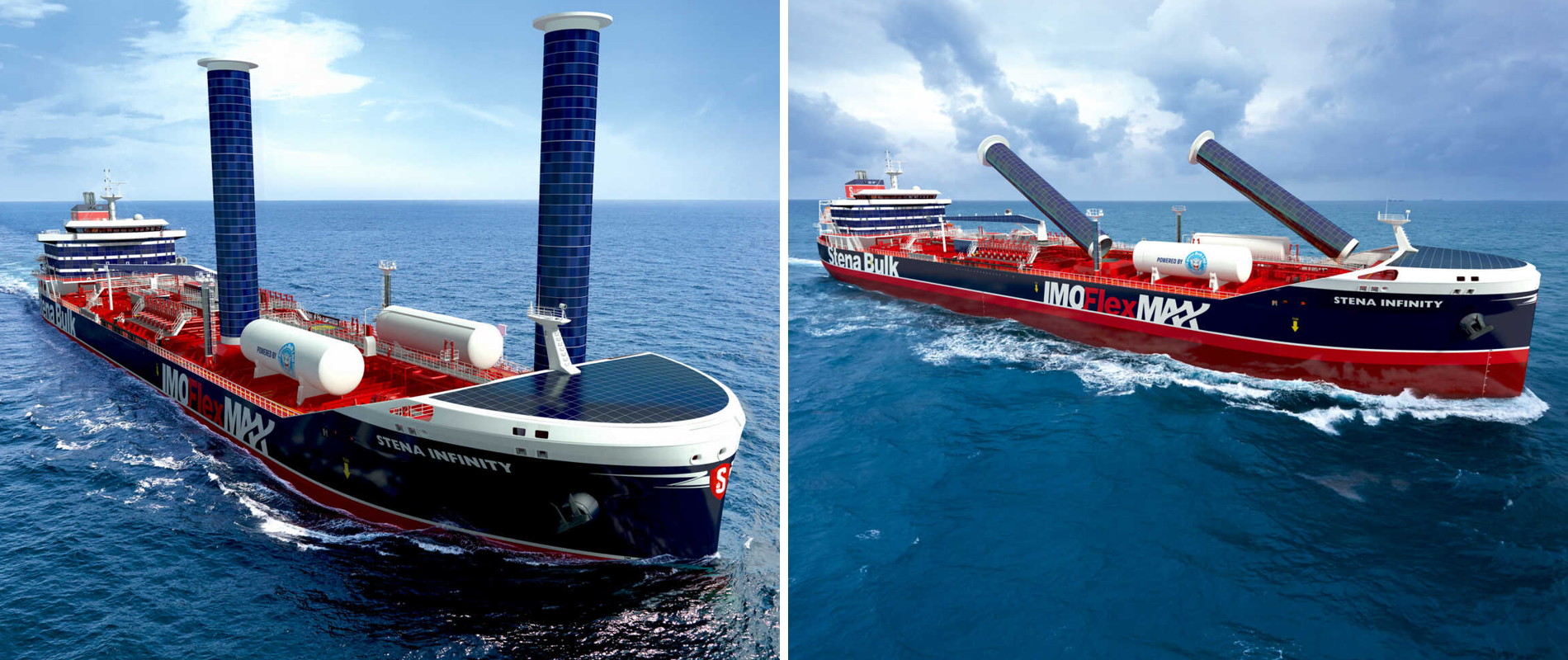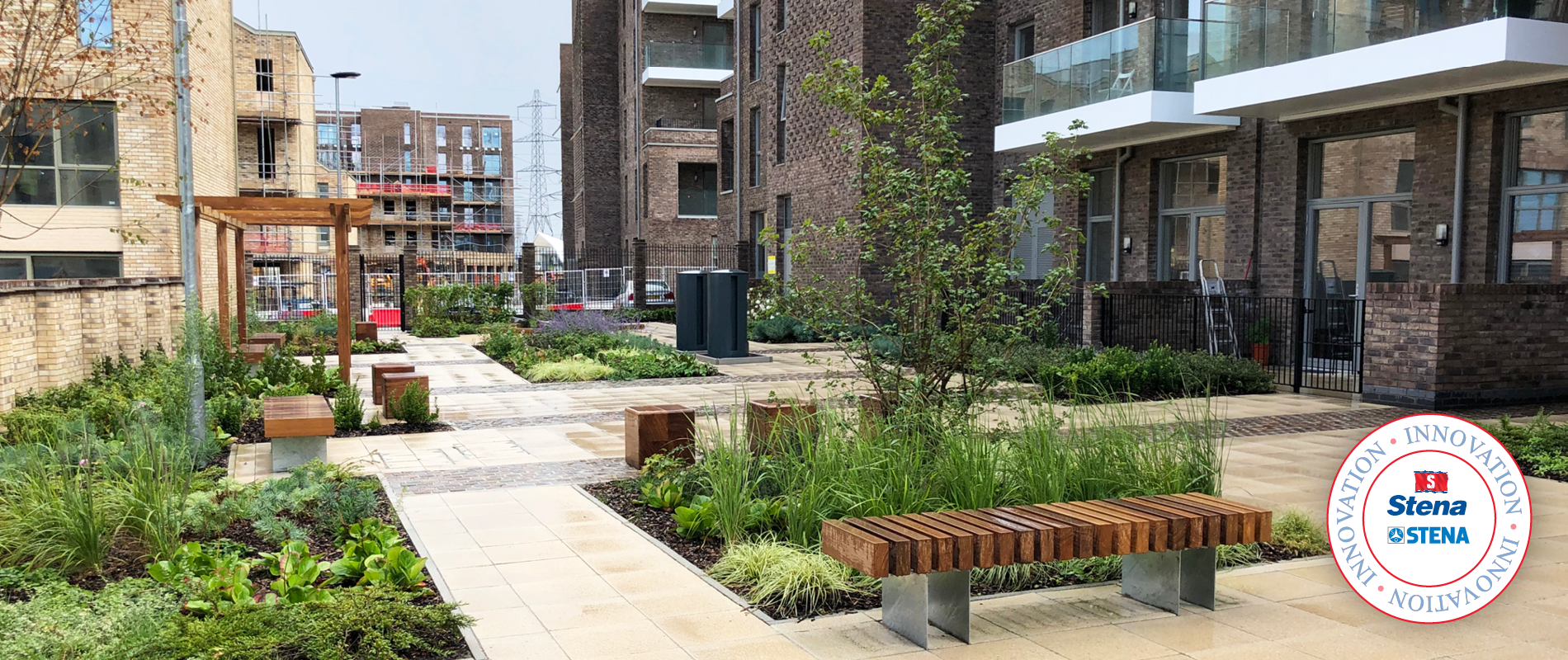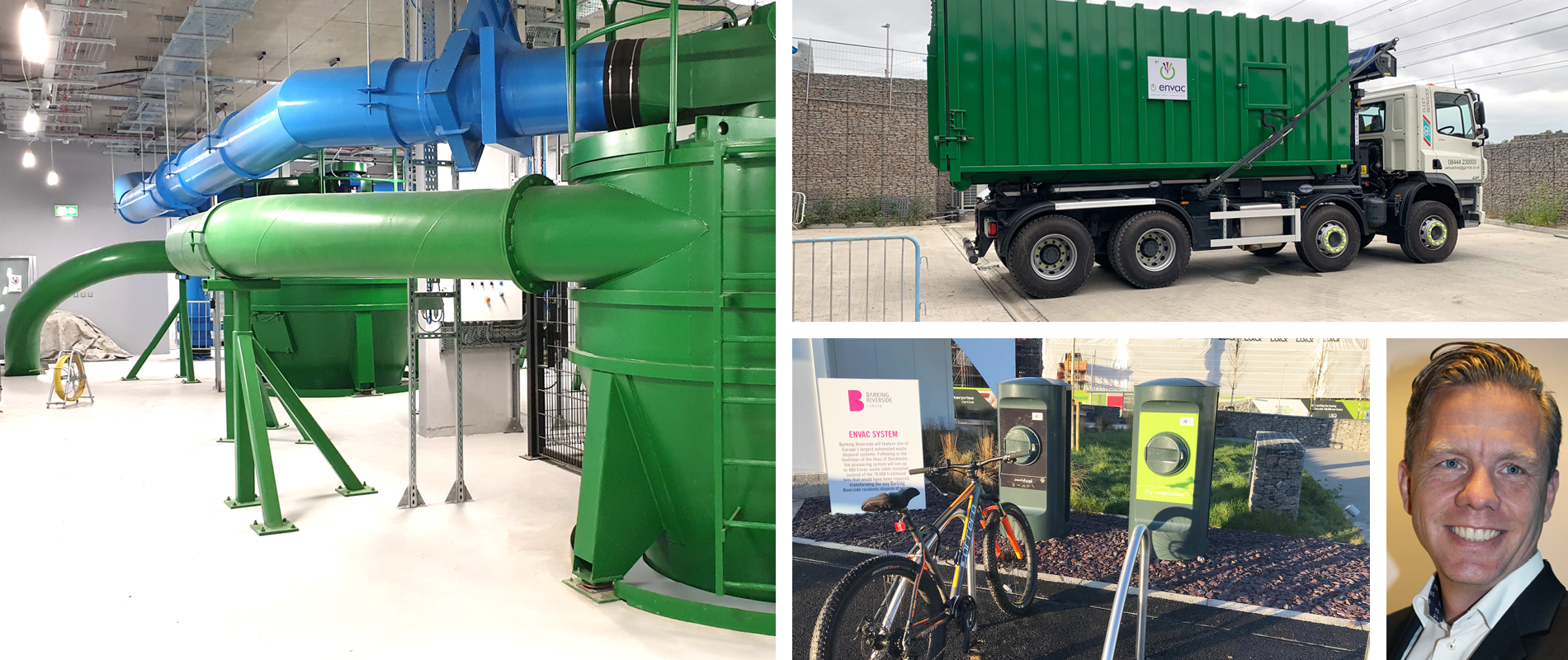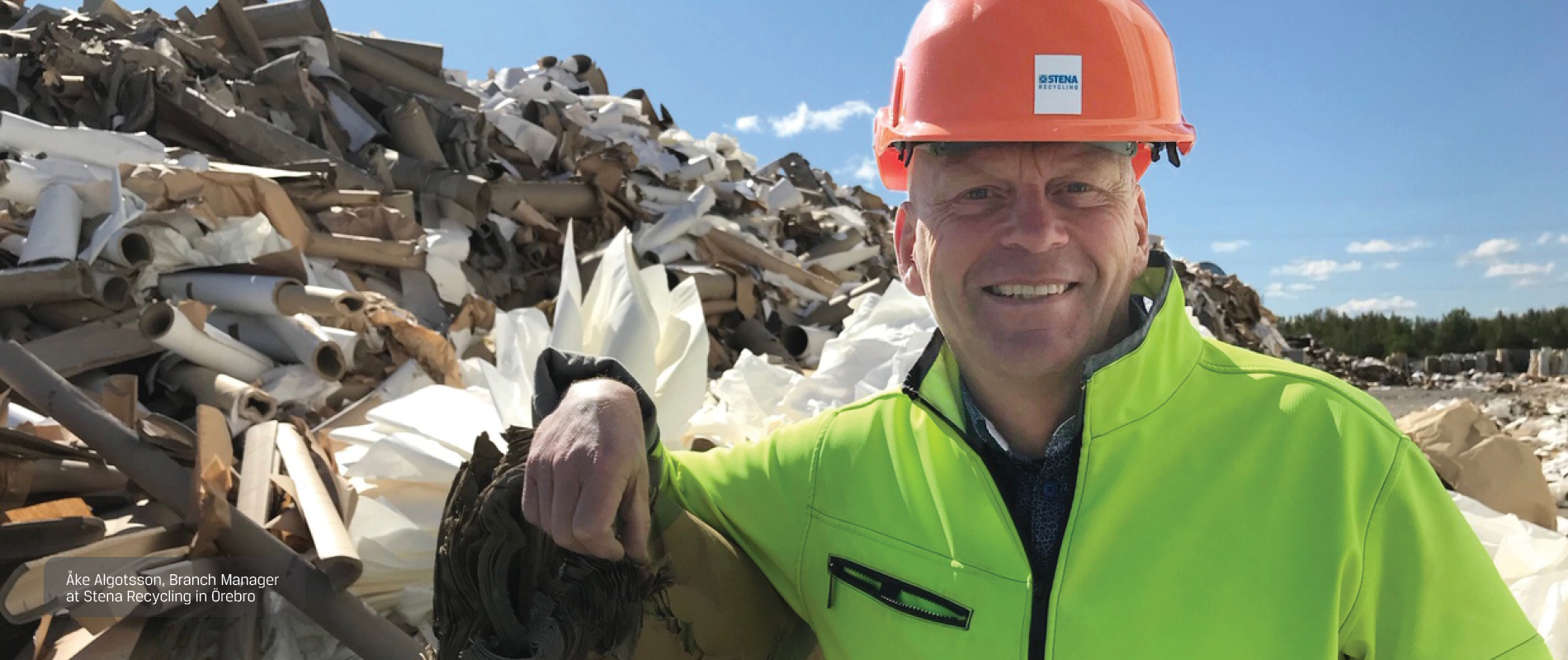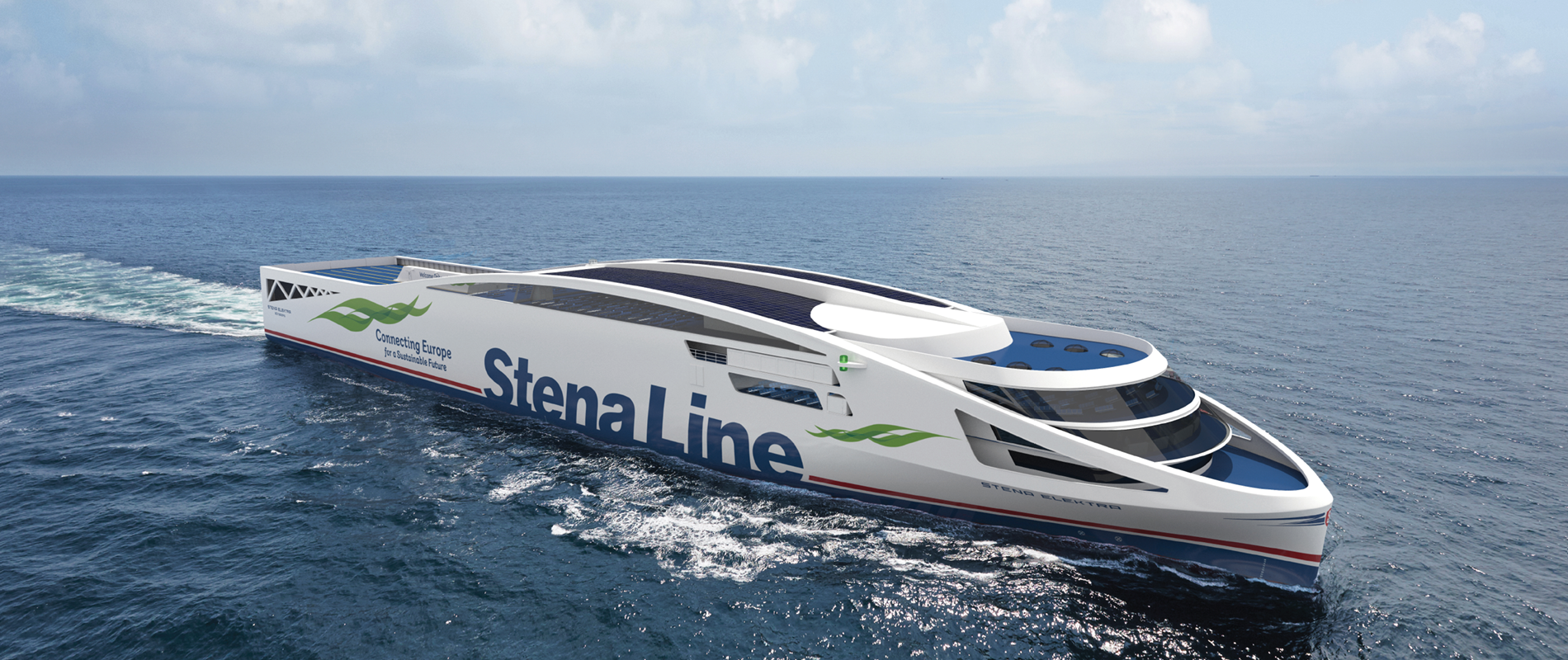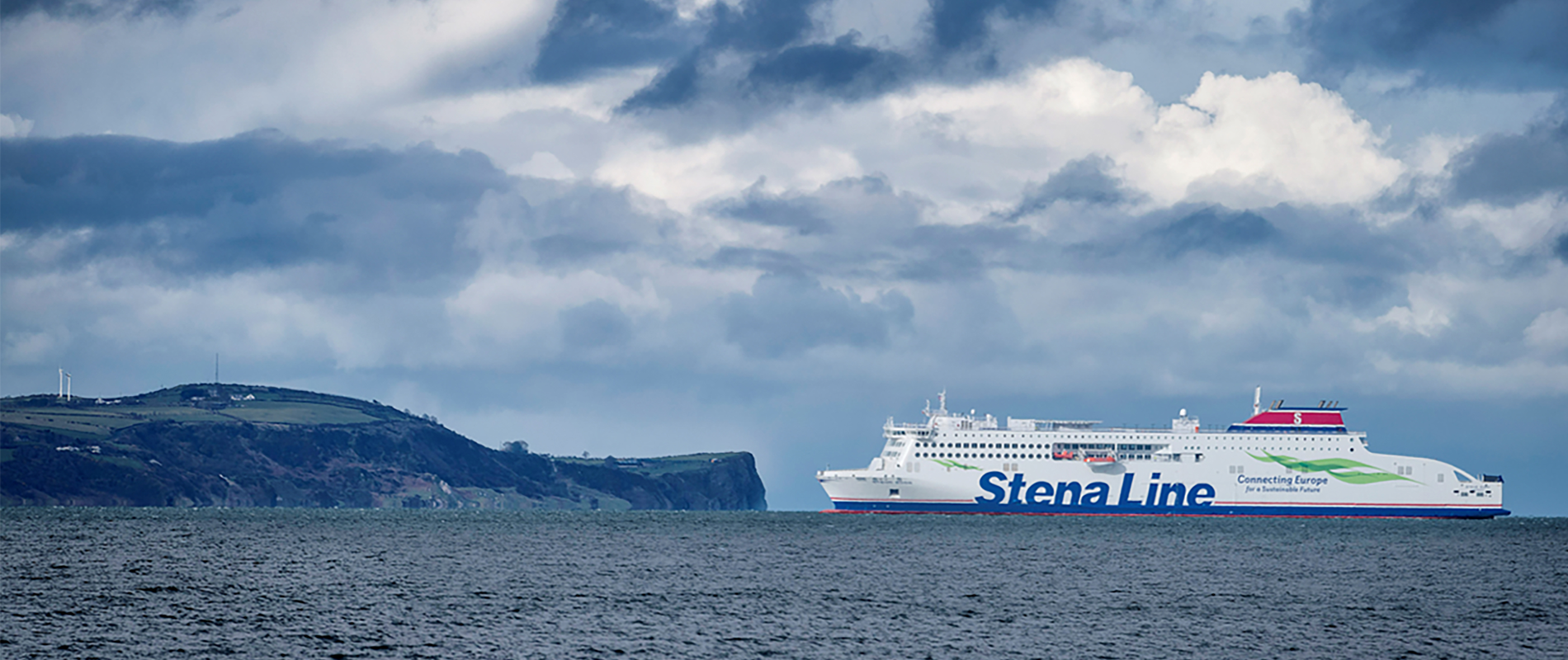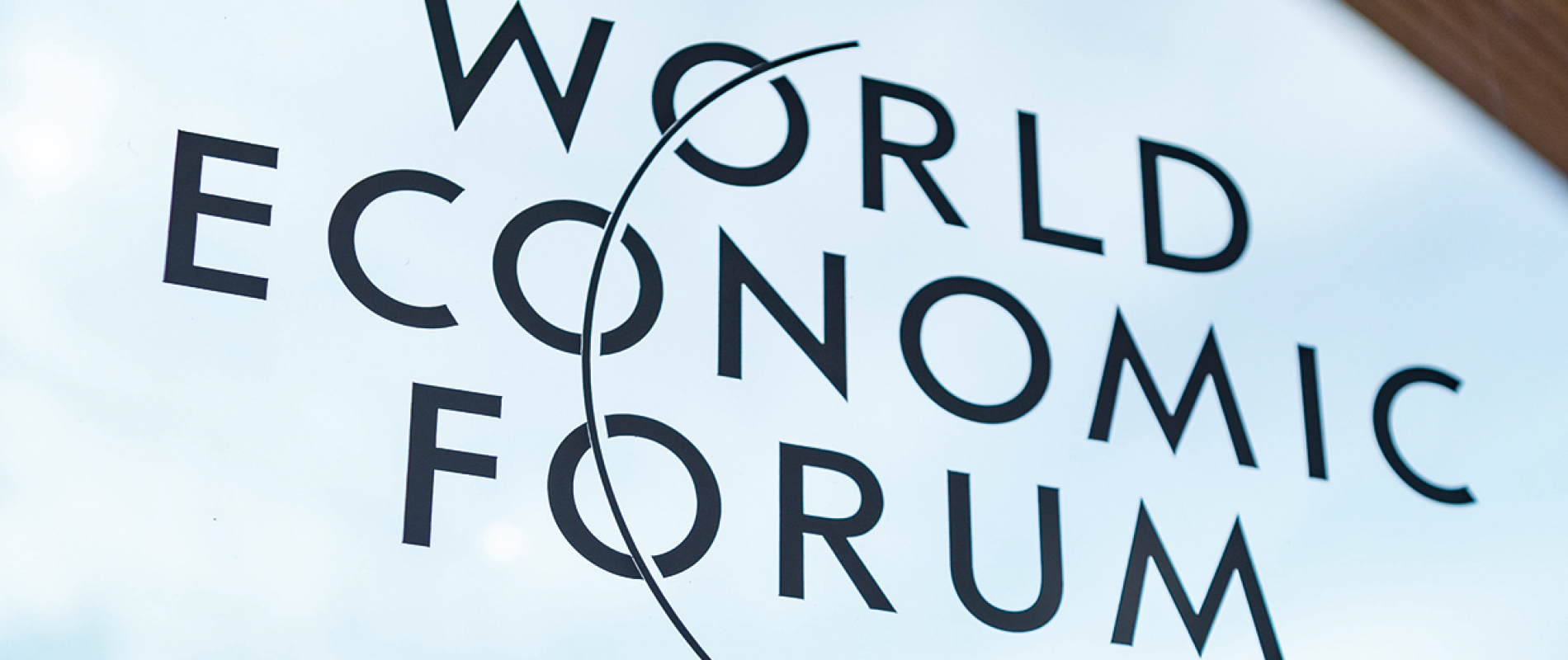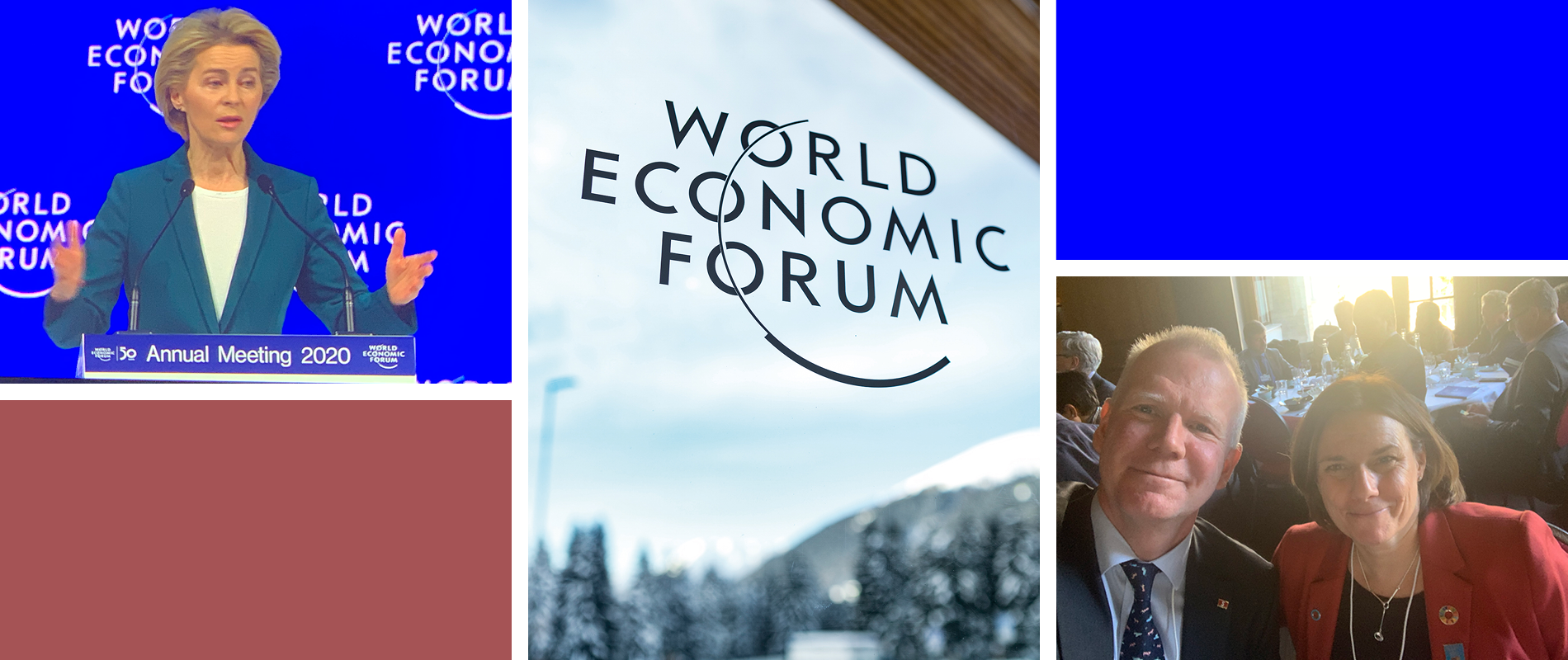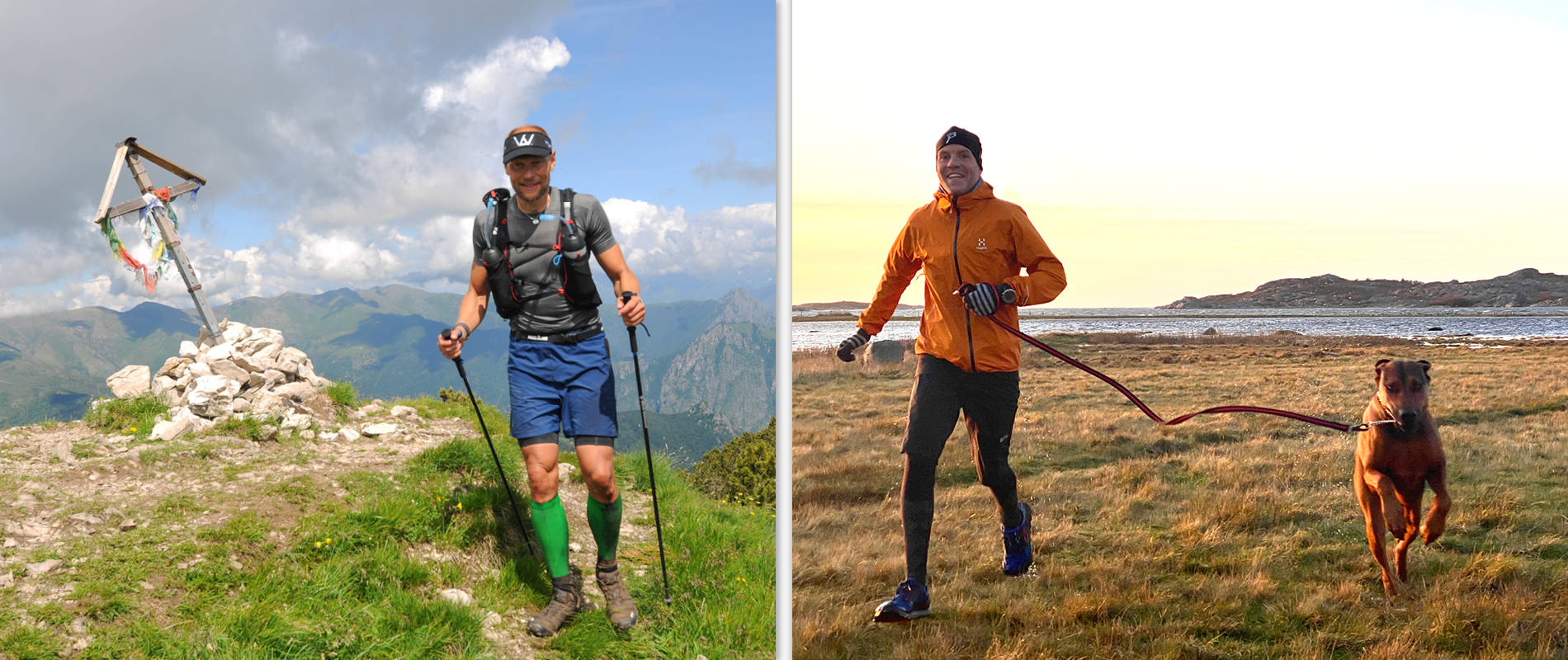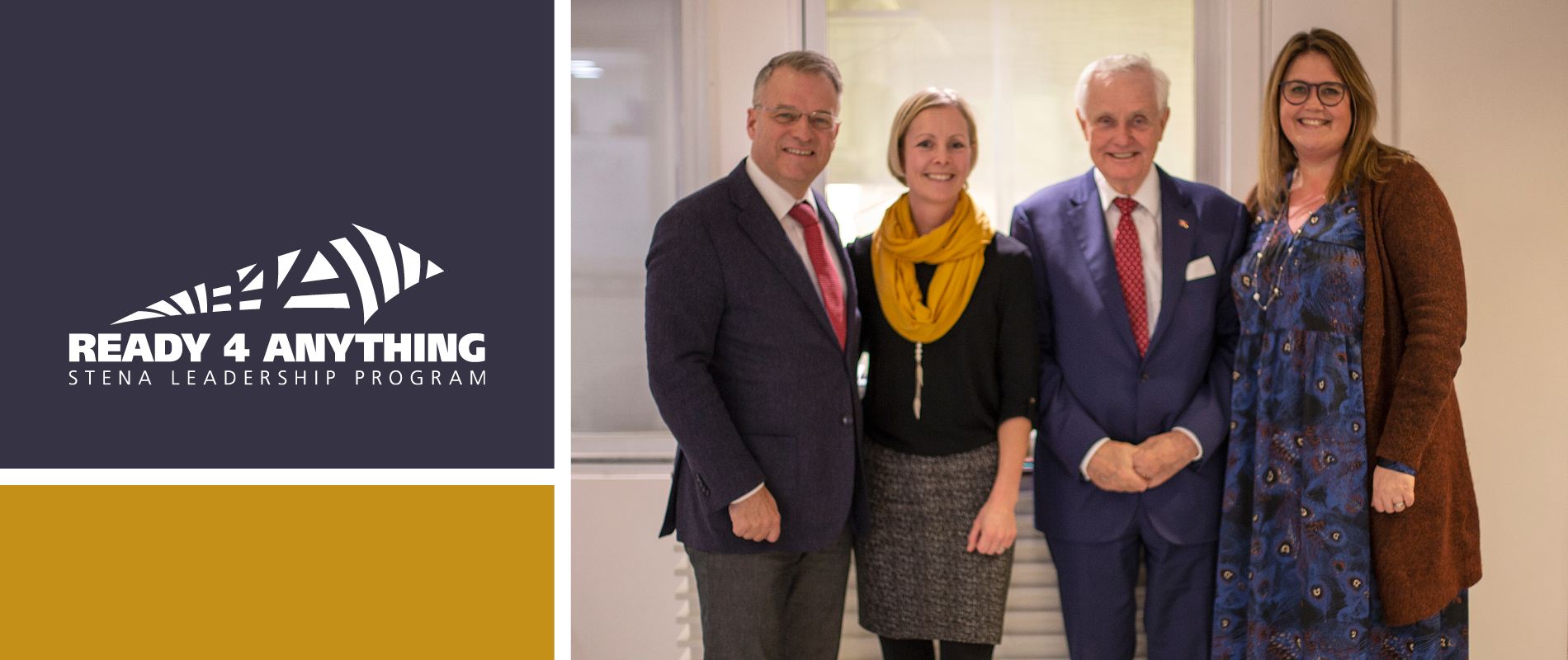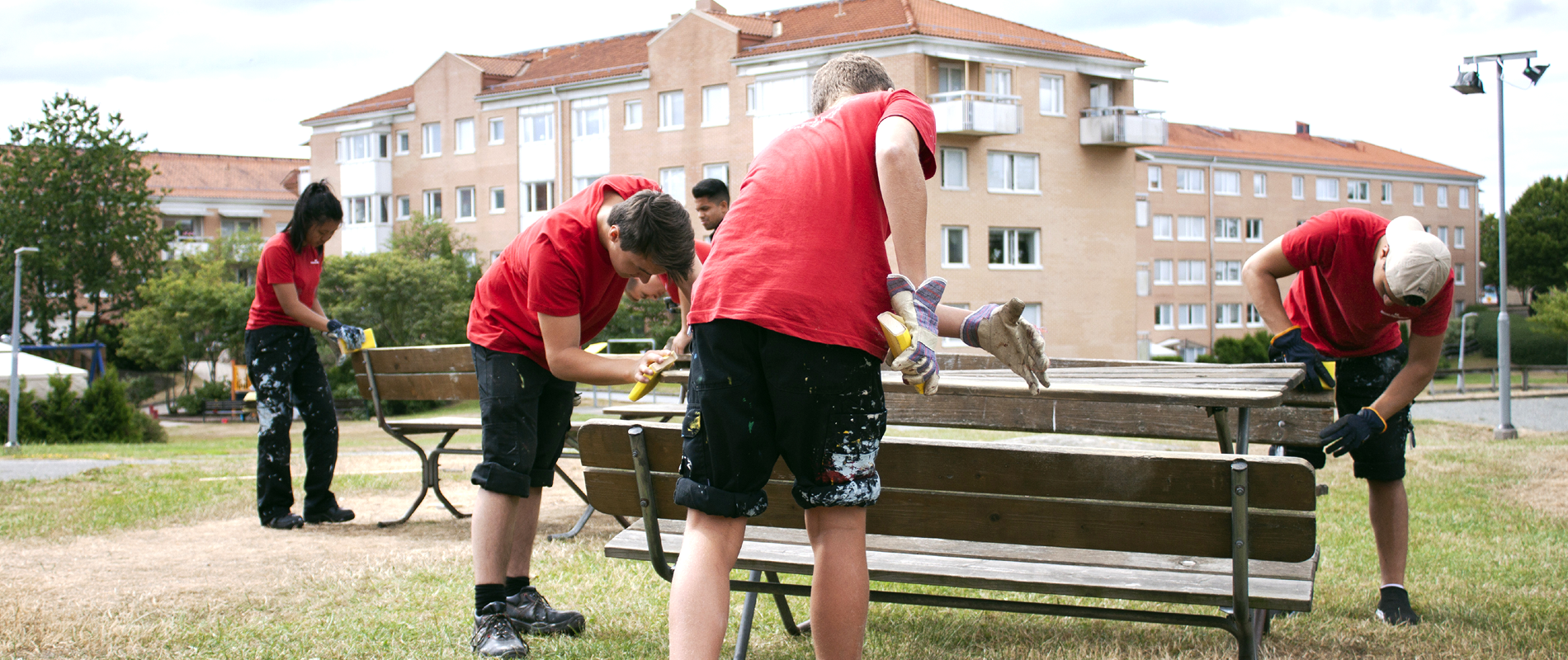Dan Sten Olsson - June 2020
PREPARED FOR ANYTHING? PREPARED FOR THE UNKNOWN?
We are prepared for many things, but we were not prepared for the Corona virus. Pandemics is not an unknown, but we did not early enough want to see it happening. Is it complacency? In a sense – Yes it is.
We praise ourselves for economic husbandry with limited resources. The more limited our resources are; the more we need to see and catch things early and adjust fast. We could have recognized the coming of the Corona pandemic faster. Never-theless I am very grateful for everybody´s contribution to help to adjust our operations fast once the writing was on the wall.
Many of us have relatives and relations that have fared badly during these very hard times. I hope all of you feel our sympathy and assistance to help. Many of us have been put on furlough, which is a tough experience. Others among us have been made redundant, which is much worse. I hope we provide necessary assistance and that you will find new employment soon. After all most of you have a past working experience to be proud of. Many thanks to all of you that have reduced your compensation in form of salary and are prepared to wait for our ships to get new employment again. Many thanks also to all of you, who work more diligently than ever to make our company survive these terrible times.
Apart from working with less resources, working from home is a new experience for most of us. It is surprising how well organized meetings can be performed by virtual media. From now on there is no excuse not to attend an agreed meeting. It is also much easier now to organize group meetings in order to faster gain reflections and consensus on a subject. The art of working from distance is here to stay and will develop further. I am very optimistic about our capacity to grasp the new opportunities in consequence. More will follow on new working methods and opportunities related to both systems and styles.
Every business has limited resources. Economic survival is never a given.
This is the fifth time in my working life since 1972 I experience a deep recession. Each recession has its causes. Normally they come from relaxed financial resources causing irresponsible speculations and investments. This time it is not the case. On the contrary. There never was so many people positively involved in a world economy growing in a reasonably balanced mode. The shock sweeping over all our societies will take a considerable time to repair. You can find a short exposé below how our different activities are affected.
Worst affected is our business drilling for oil. With reduced consumption of oil and a dramatic consequential loss in oil prices most of our contracts for exploratory as well as development drilling were cancelled by the operators of oil-fields. The size of our losses caused both by expenses for people without employment as well as by heavy capital costs are enormous. Many of our competitors have ceased trading and are in for recapitalization. Their drilling units do nevertheless still continue to exist and will continue to depress our markets. Our chance is our disciplined way of conducting our business. Perfection is our way to create confidence by our clients. So far we are reason-ably successful, but only on the margin. The results for 2020 are gone, but we have a few prospects for 2021 to address and hope to be successful.
Our tankers are enjoying their best time ever as many of them are used for storage of oil. This will not last, but the first half of this year has been very successful.
Our ferry lines are hit hard by restrictions for individuals to travel. Eighty percent of travel has disappeared and we have closed two ferry lines indefinitely and put four ferries in lay-up. Hopefully restrictions are loosening up and travel will restart. Transportation of lorries and trailers on our ferries has been reduced by 15 to 20 percent. At present 90 percent of our freight traffic seems to be running with us again.
Stena Property continues to develop its potential. Our objec-tives to build 1,000 apartments and create 1,000 plus apartments per year are within reach. With times being as uncertain, as they are at present, we shall restrict our ambitions and produce only 700 new apartments per year. This level will also safeguard the capacity of our daily management to continue to cope with care. Now more than ever it is important to continue our efforts to assist young people and help our tenants that are badly affected by the present crisis. For the coming summer we envisage to employ 365 young persons with meaningful tasks related to maintenance of our buildings and caring tasks for children and elderly.
Our wholly owned companies in our Adactum portfolio keep struggling on and still have positive results. Ballingslöv International our Kitchen-maker is running with reduced volumes, but has still positive results. Envac our contracting company, building systems for transporting waste in pipes, has an orderbook on which they can continue to live for a while. Blomsterlandet is experiencing an increased demand for flowers and vegetation products and enjoy better results. Our companies where we have part-ownership namely Beijer Electronics, Gunnebo, Midsona and Stena Renewables are struggling on. Midsona in particular enjoys good times and will continue to expand.
Stena Recycling will still generate a positive results despite the fact that incoming scrap and waste volumes have been more or less been reduced by a third. Demand for our recycled materials is sufficient. Recycling of plastics is by large investments in technically advanced treatment plants a new interesting contribution to our palette of top of the art contributions to a circular society.
The companies contained in Stena Metall Trade and Industry are still producing positive results thanks to an exceptionally positive year for Stena Oil. Stena Aluminium, Stena Stål and Stena Components are struggling on.
Cash to paddle through a crisis like this is the most important aspect for a company like ours. Thanks to support from our bankers, the bond-markets, the export guarantee institute and export credit institute Stena is financially in good shape for this year, for 2021 and beyond.
We must keep on fighting and I appreciate all relentless efforts being performed daily by so many of you to make us survive through this crisis. It is most important to keep on working by the new manners agreed upon and not fall back into old behavior letting old expenses reappear. The new way of working must have its chance even though it is sometimes difficult and easy to fall back into the old once proven ways of doing things. Following up and scrutinizing our behavior and costs are therefore extremely important. This way we can create stability again leading back to profitability and growth after a crisis that seems to be the worst since the 1930:ies.
Wishing you all a pleasant summer.
Dan Sten Olsson
Gothenburg 10 June 2020


